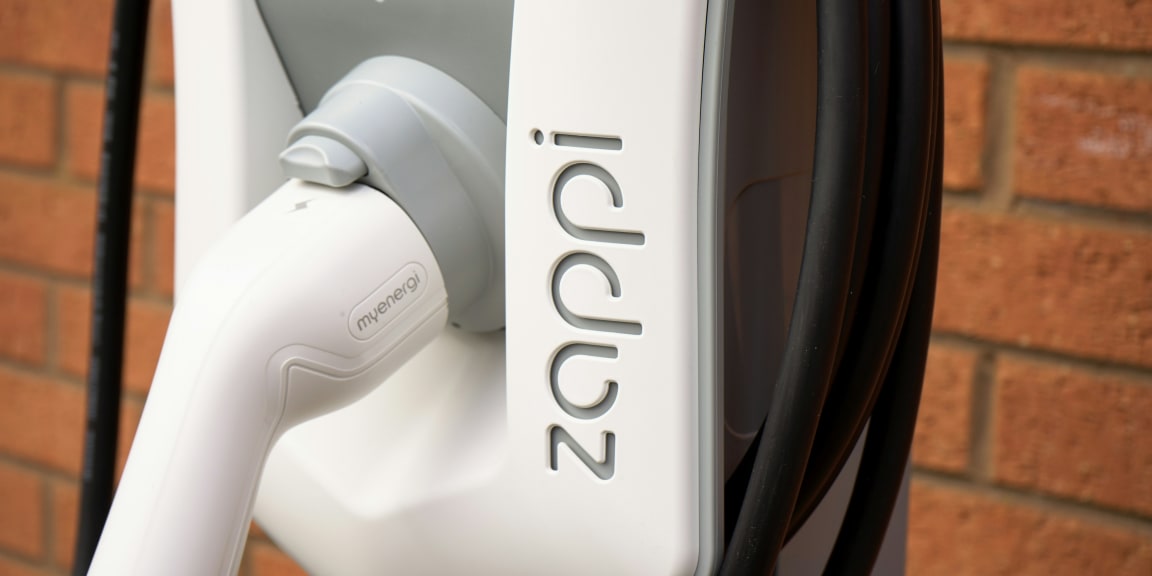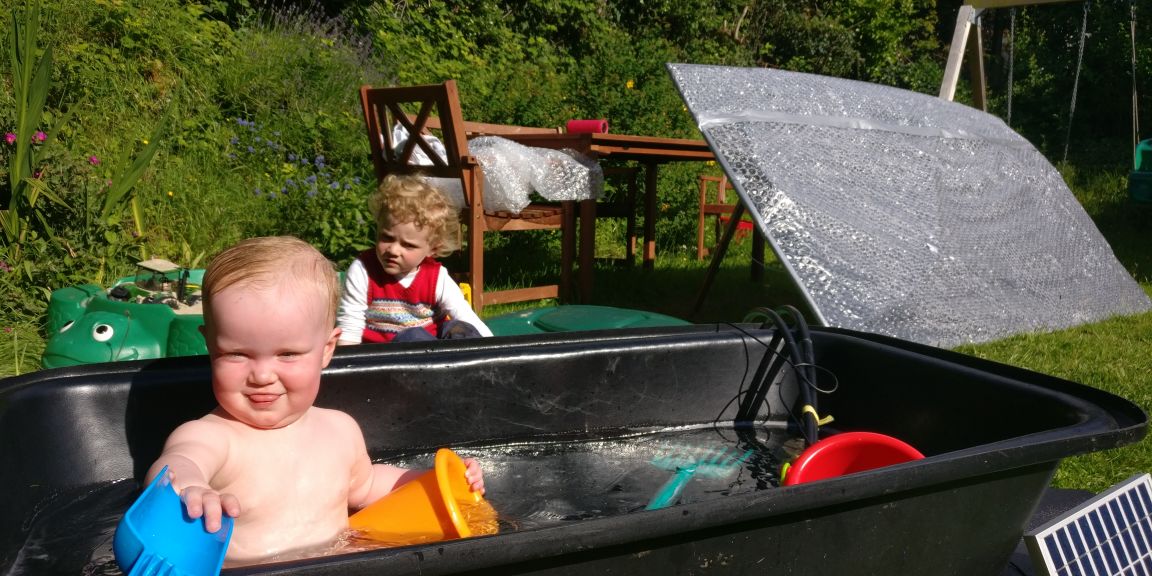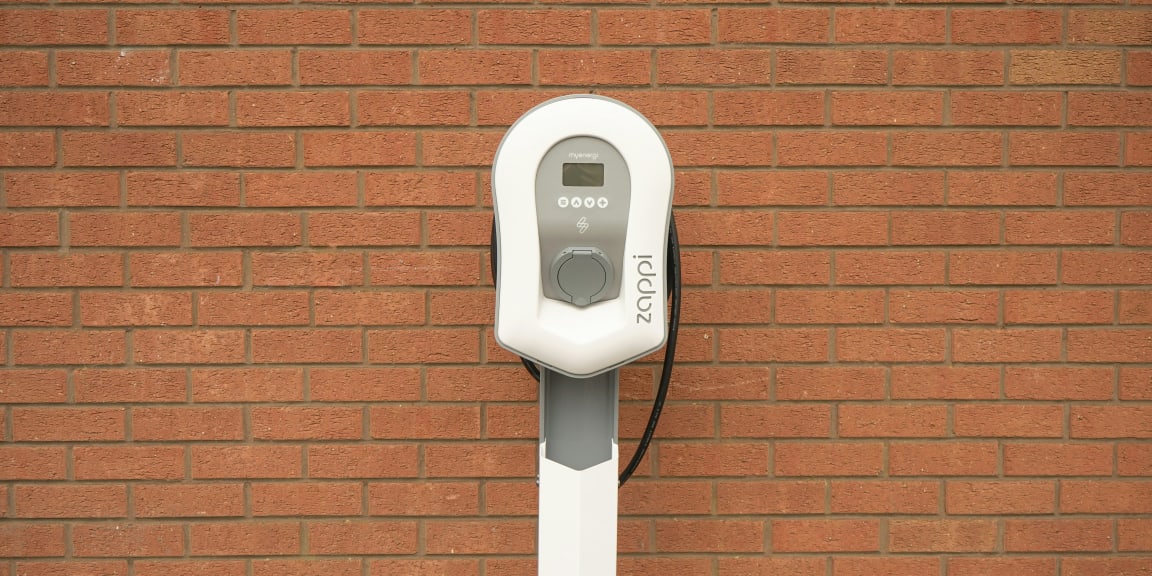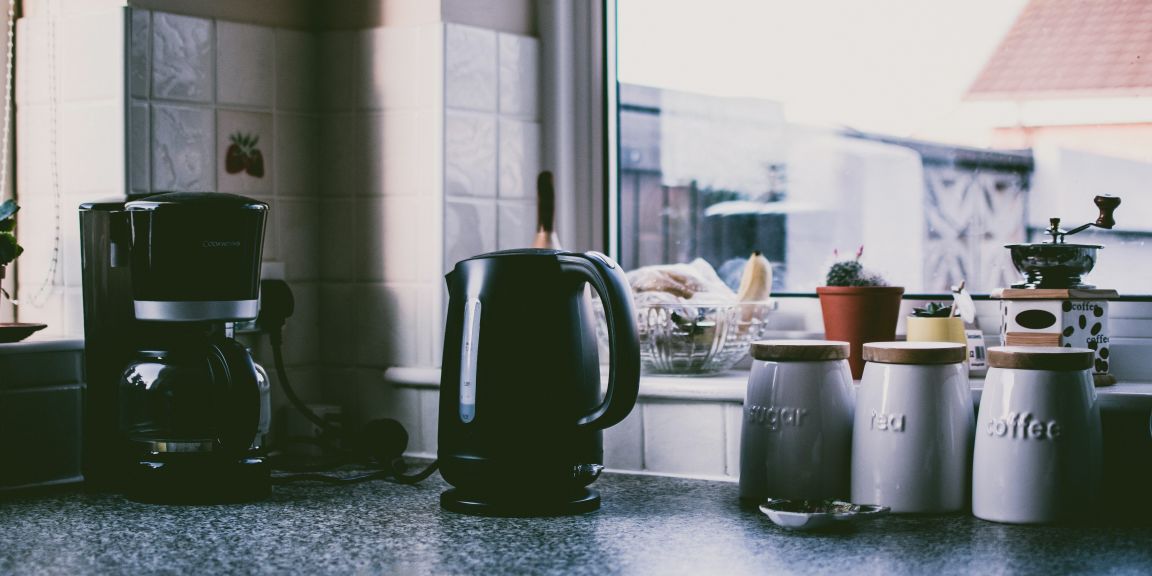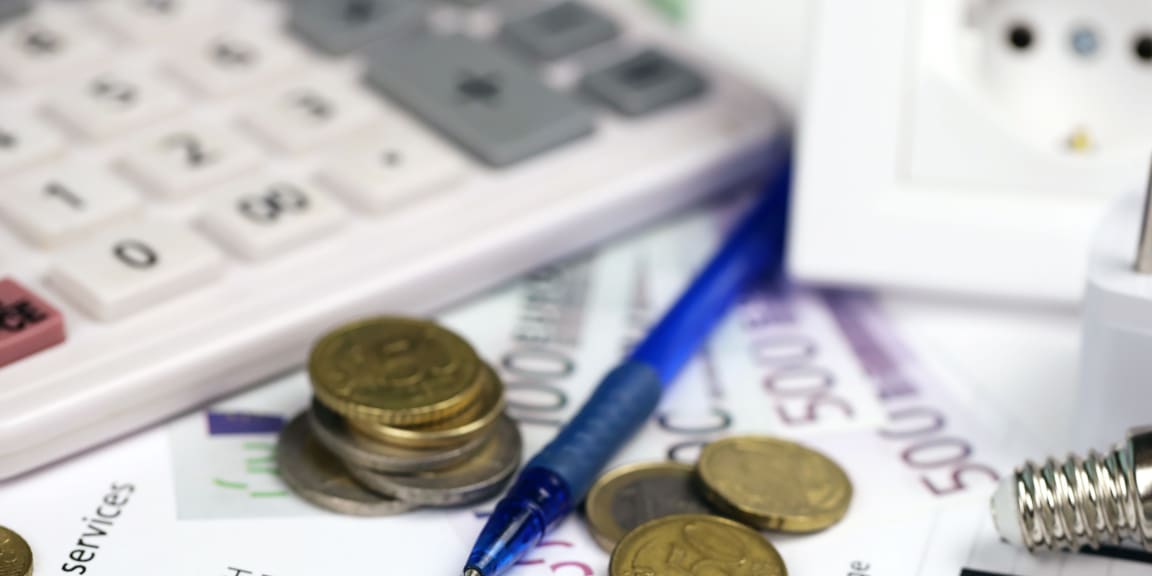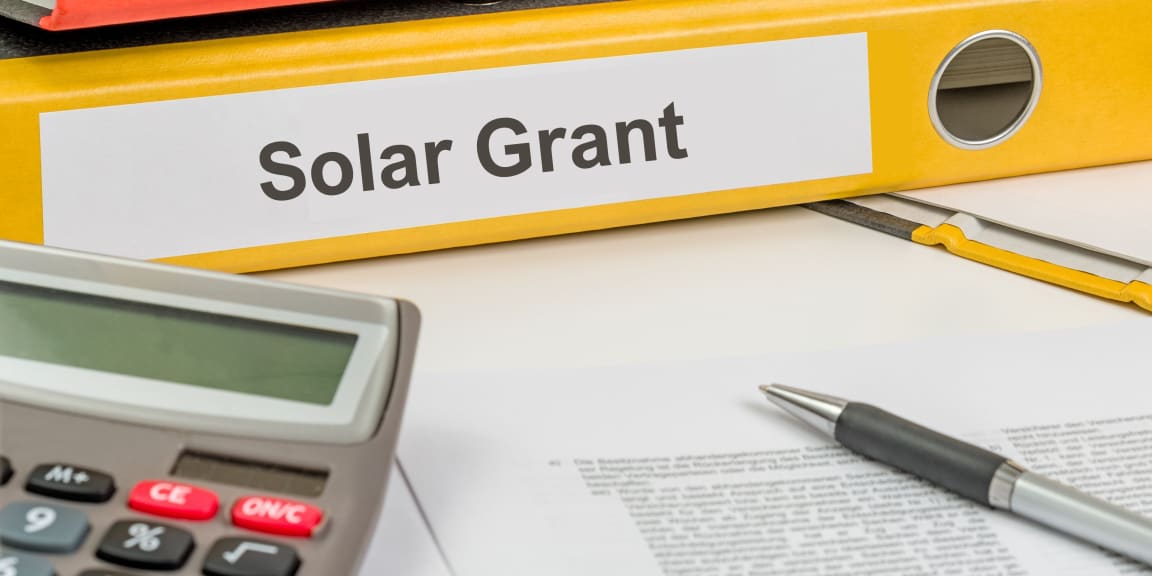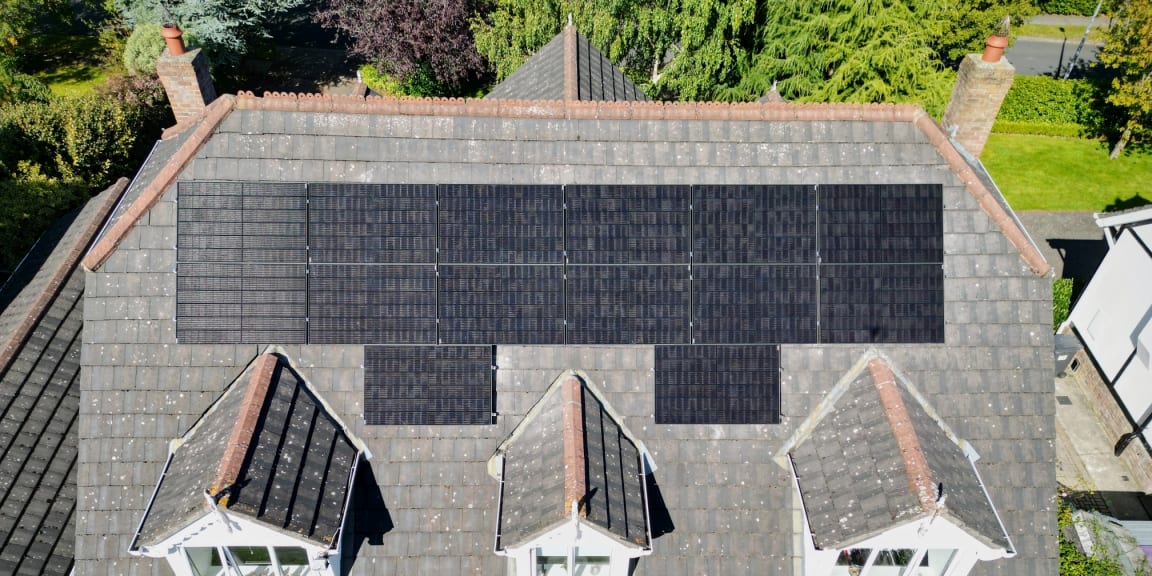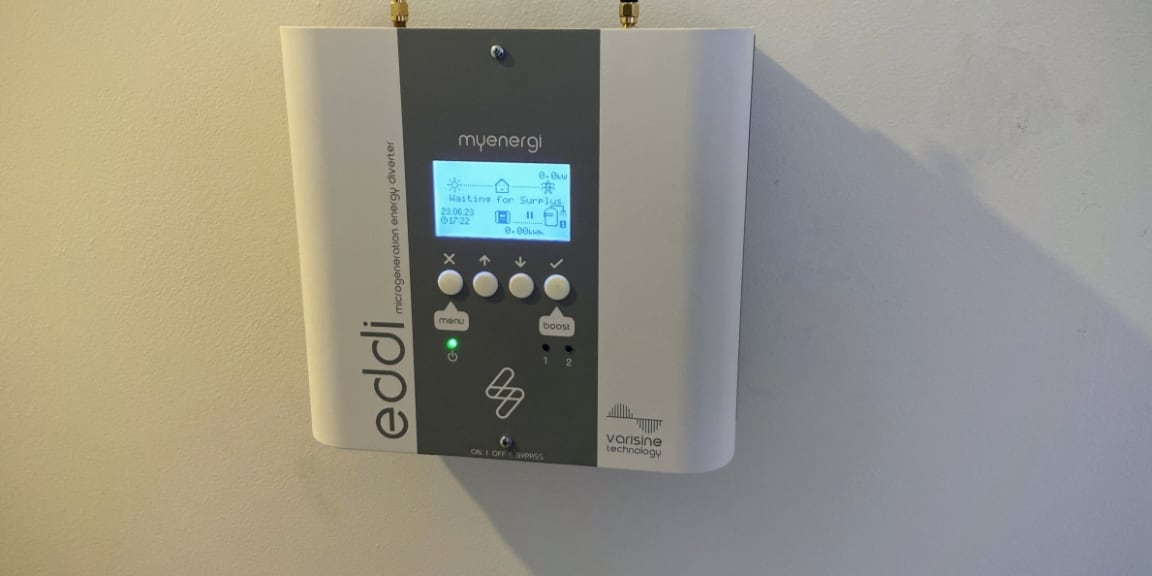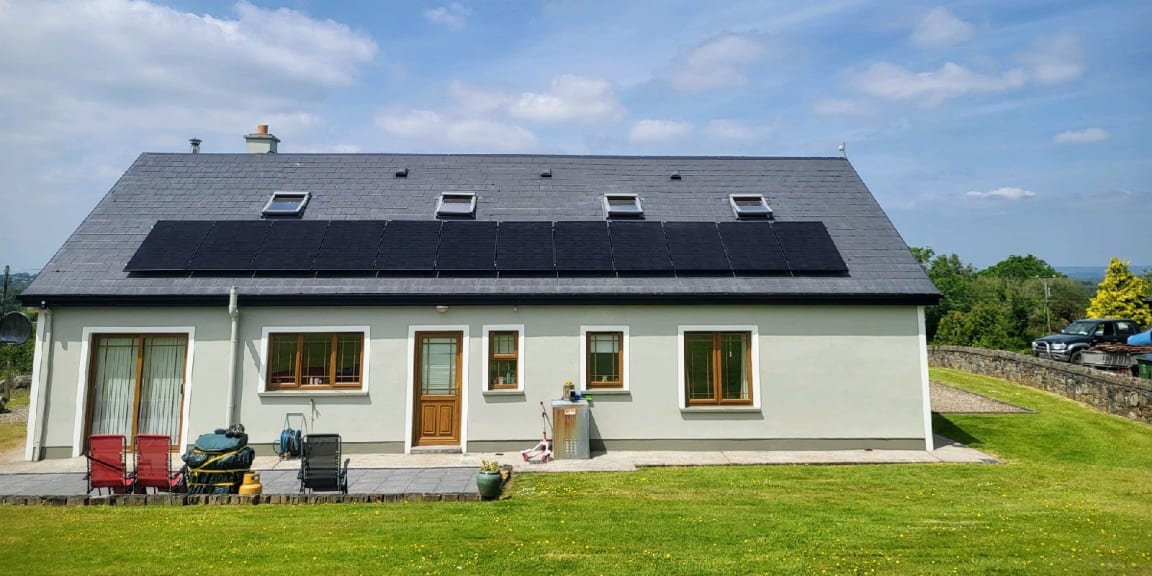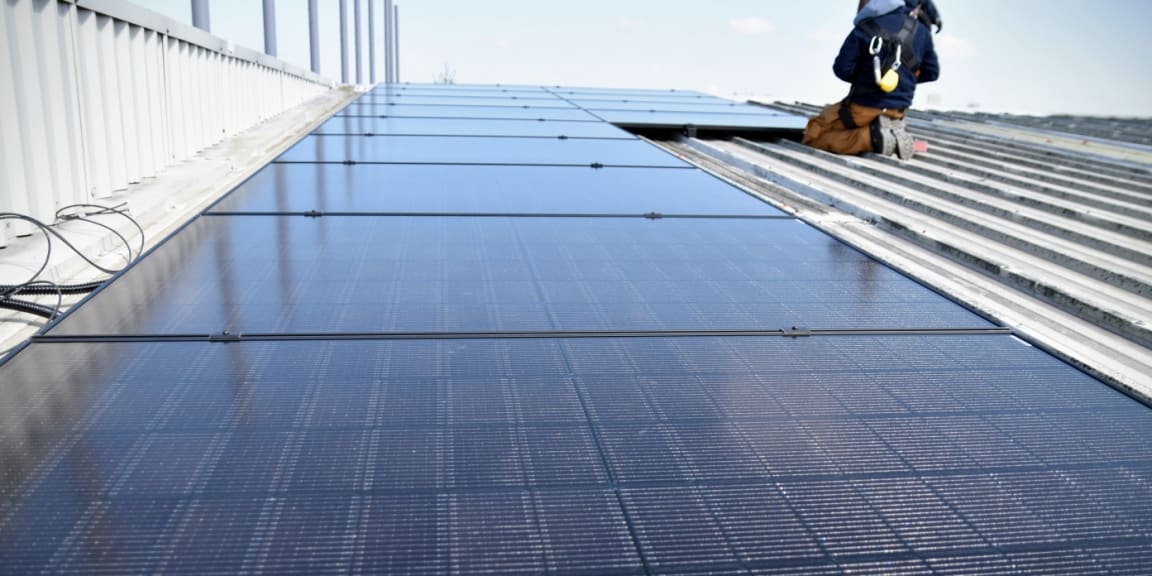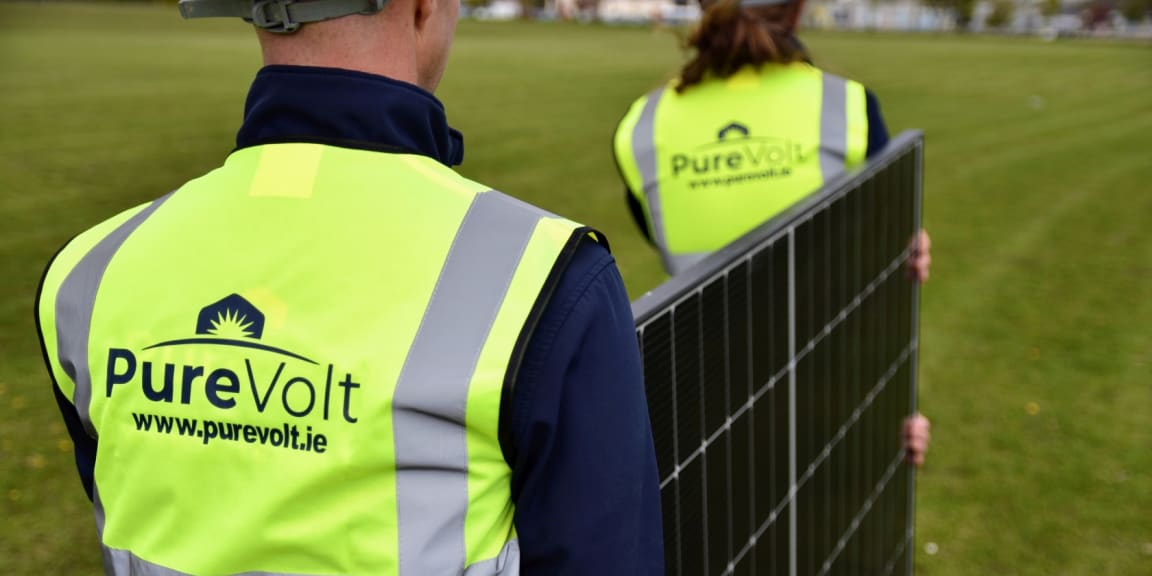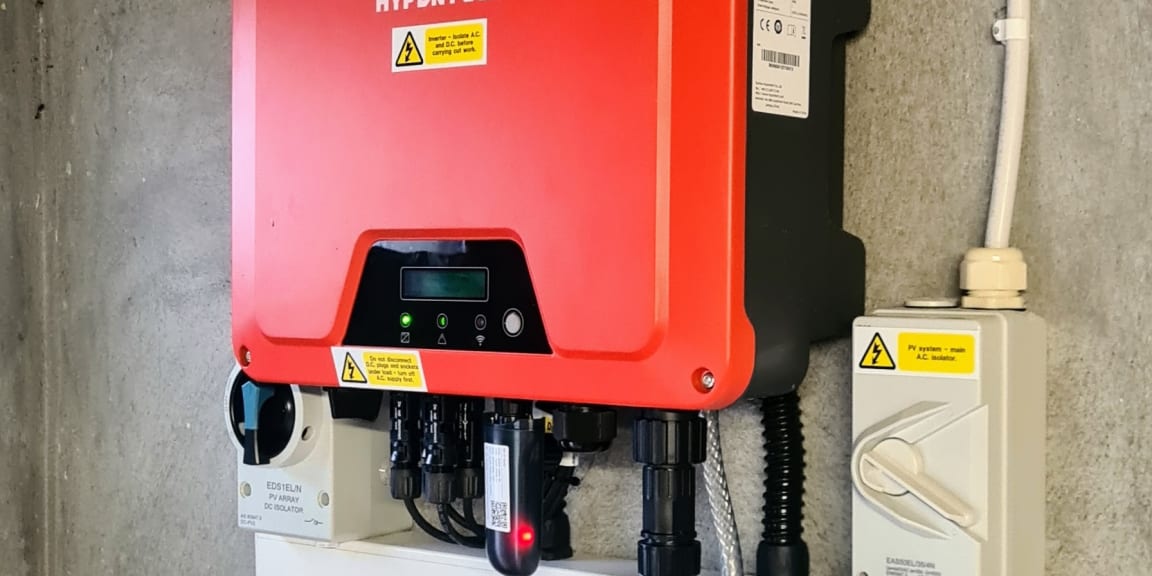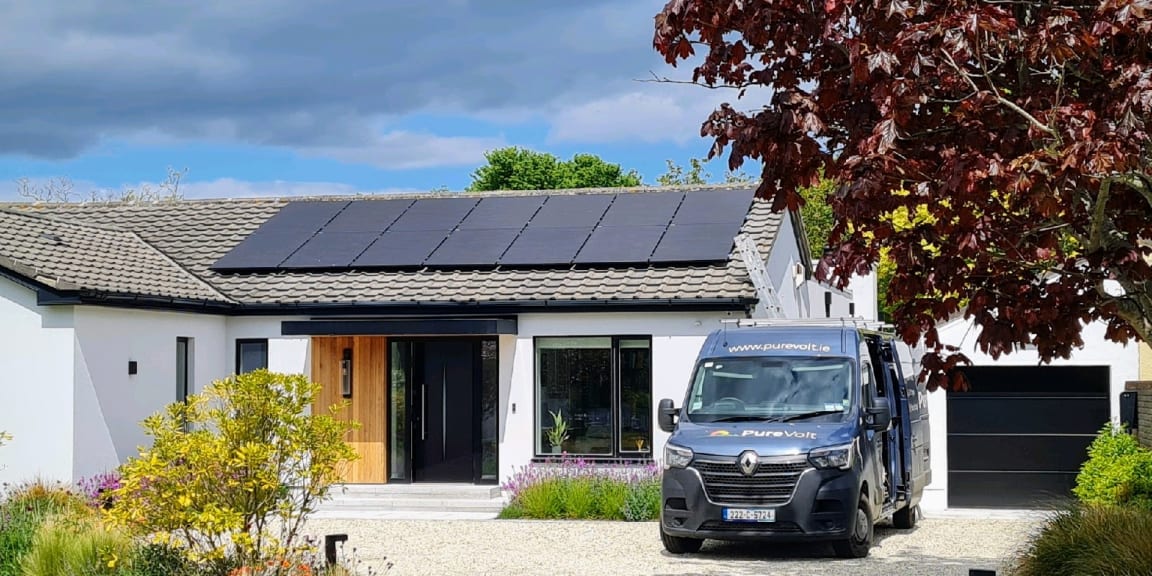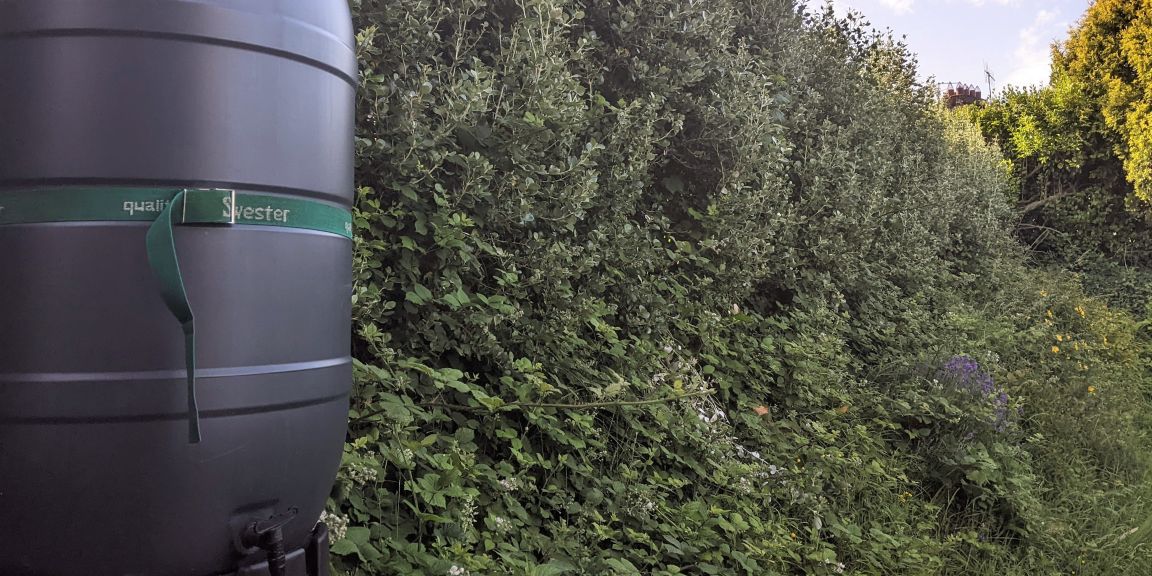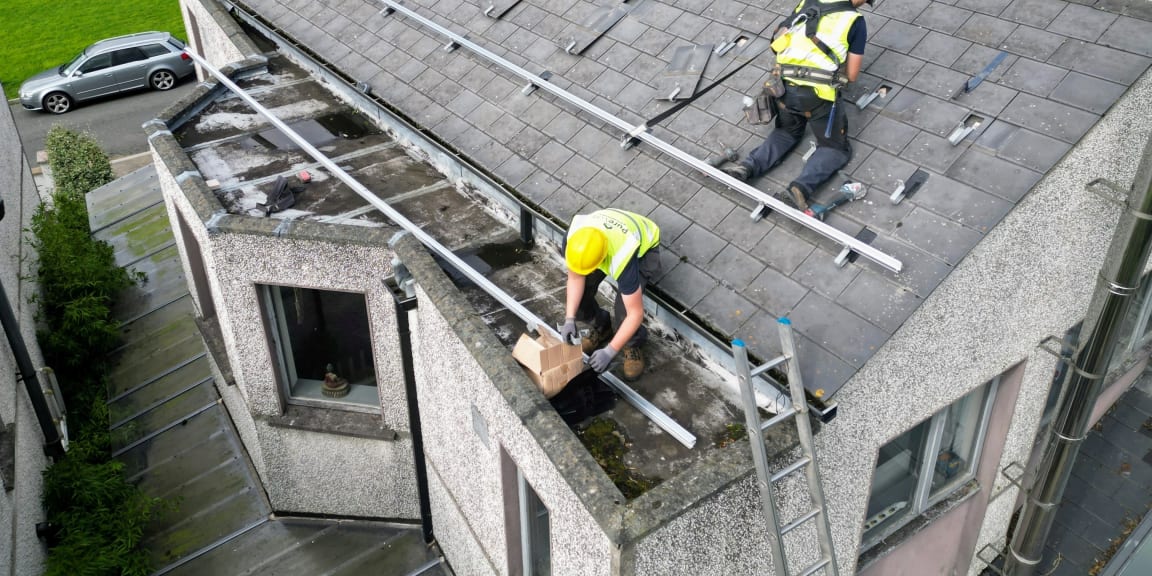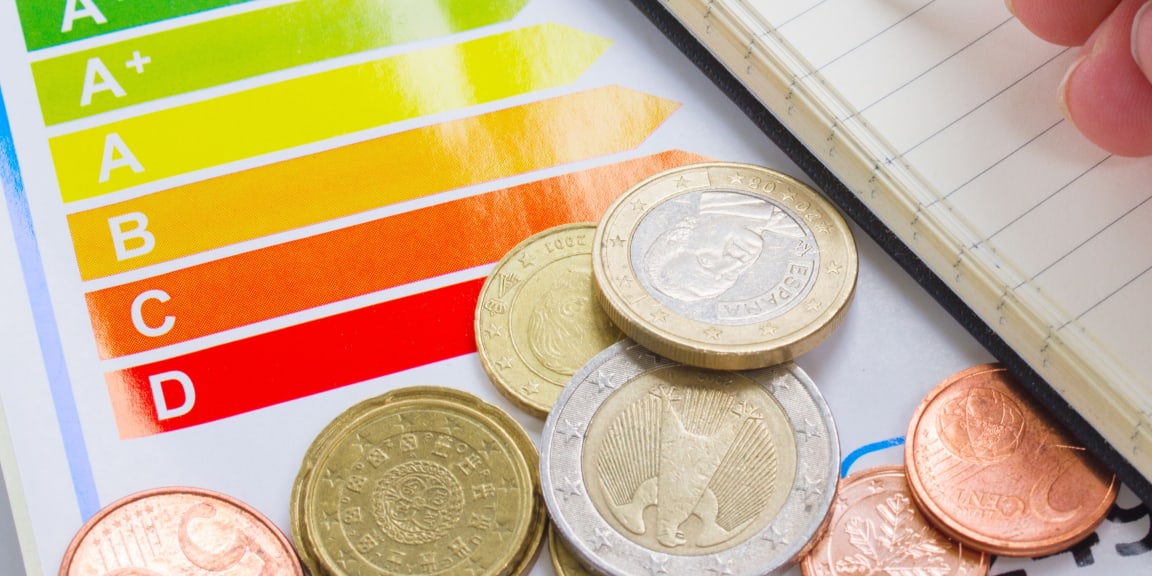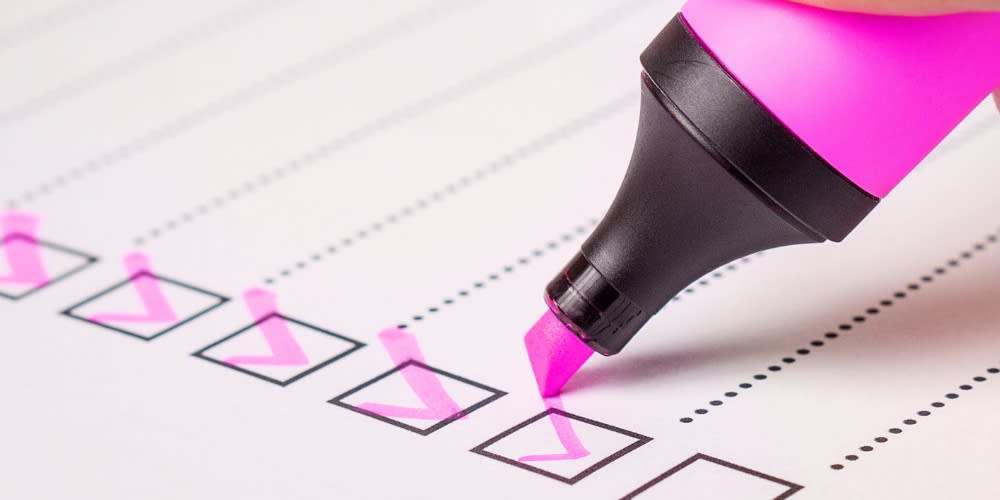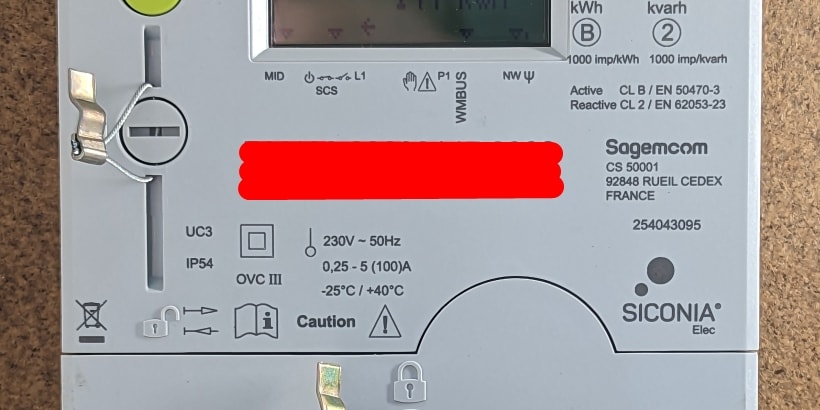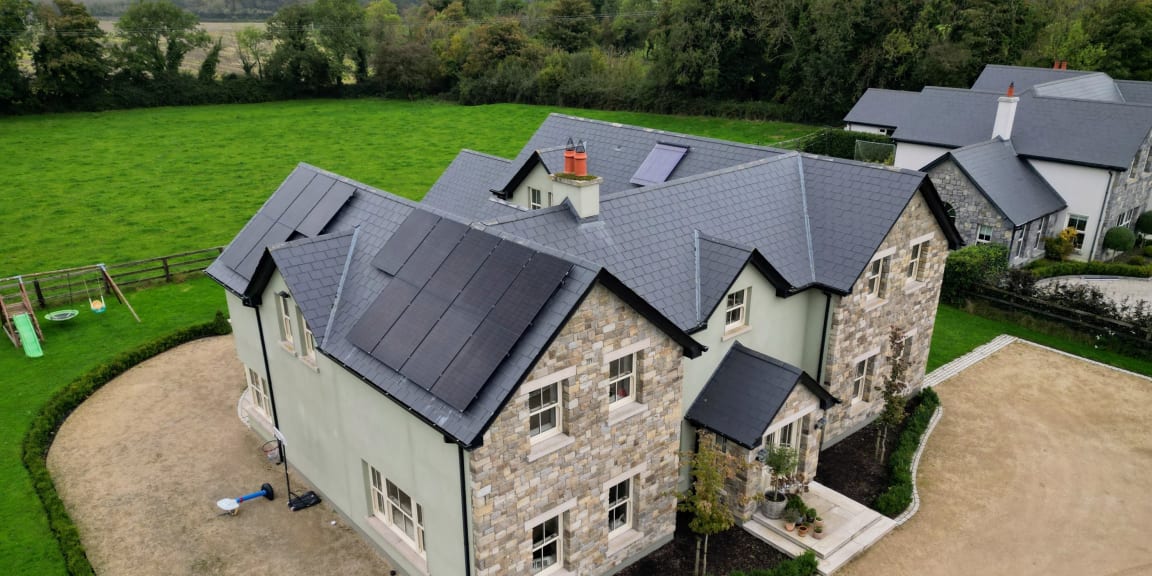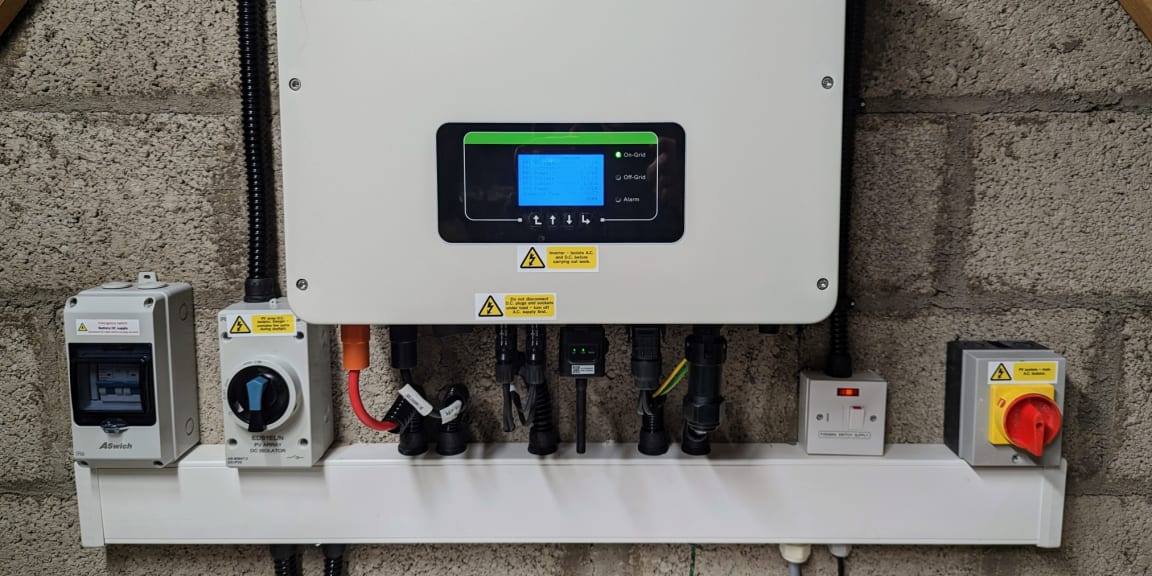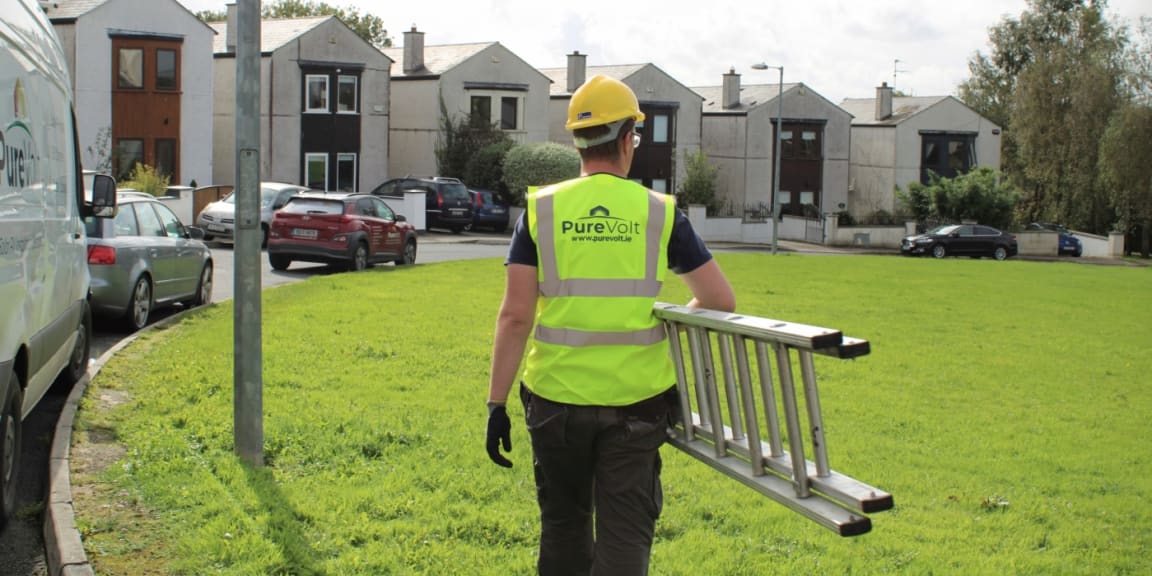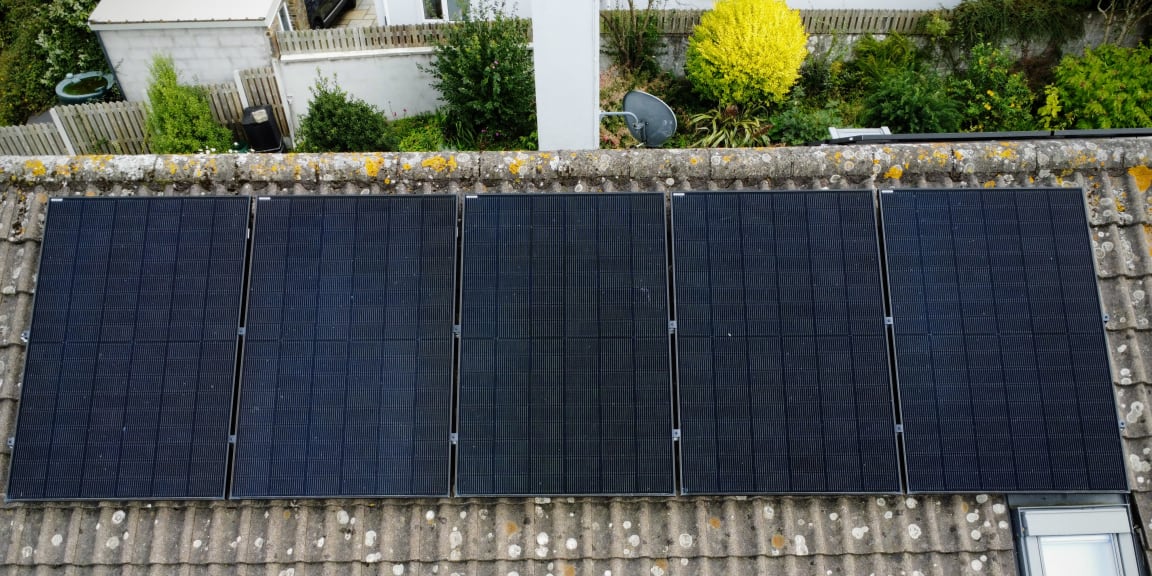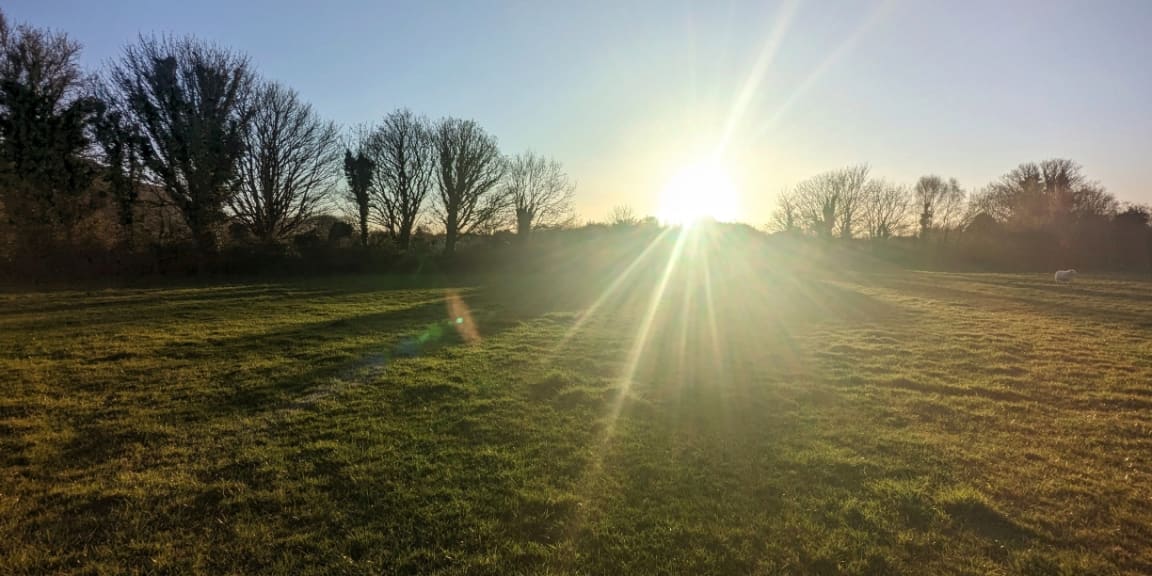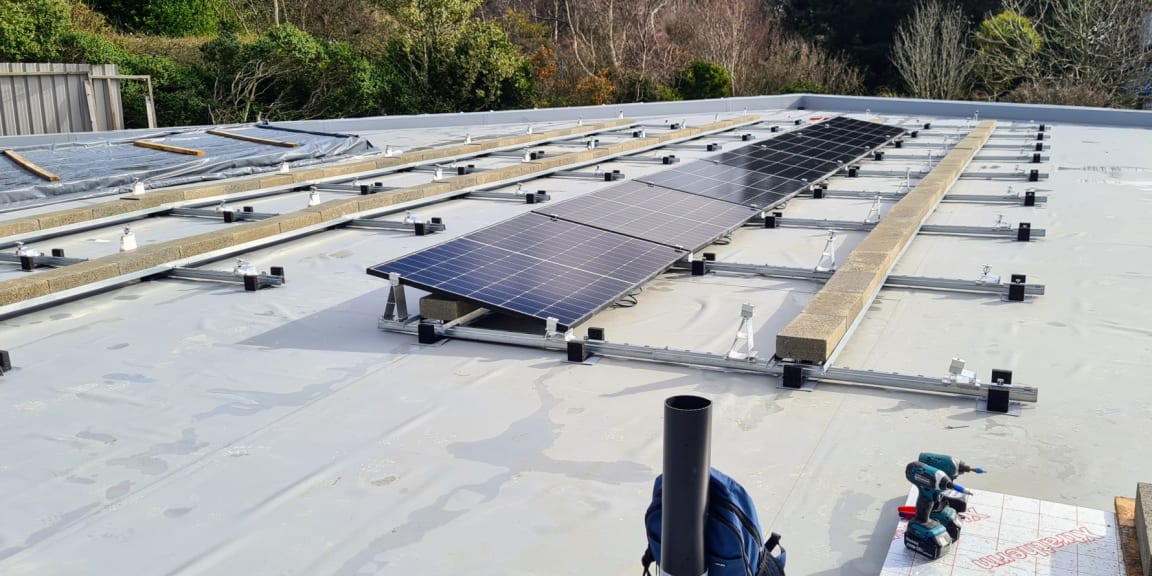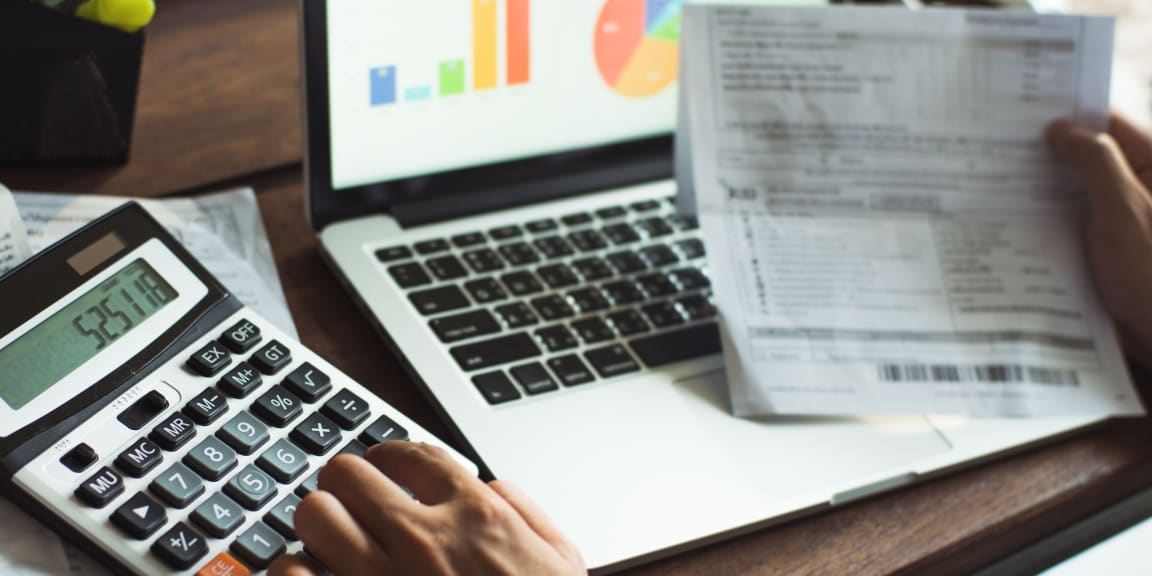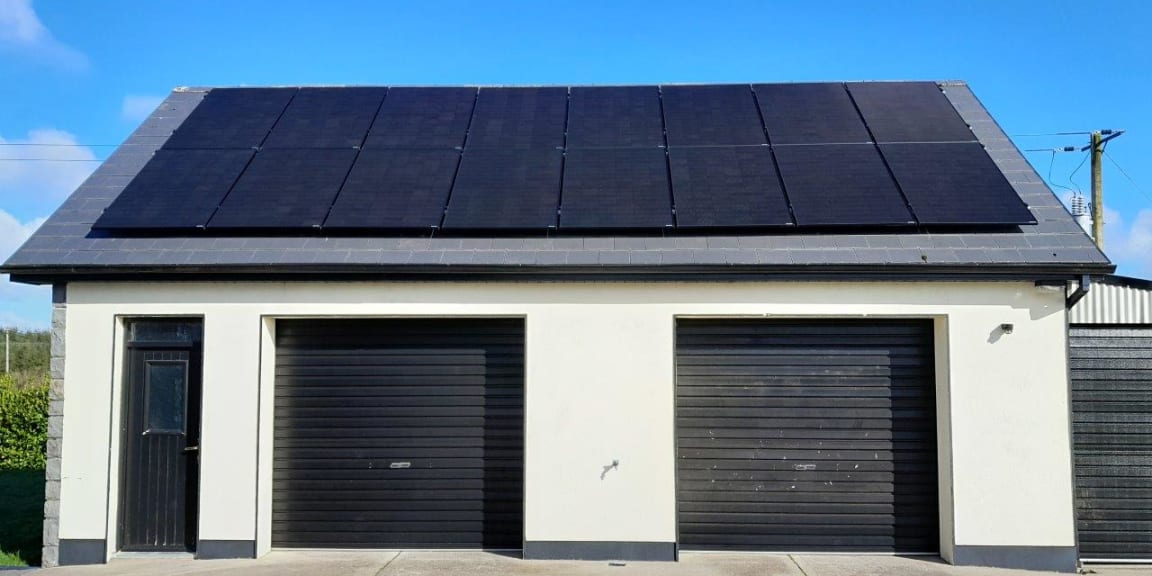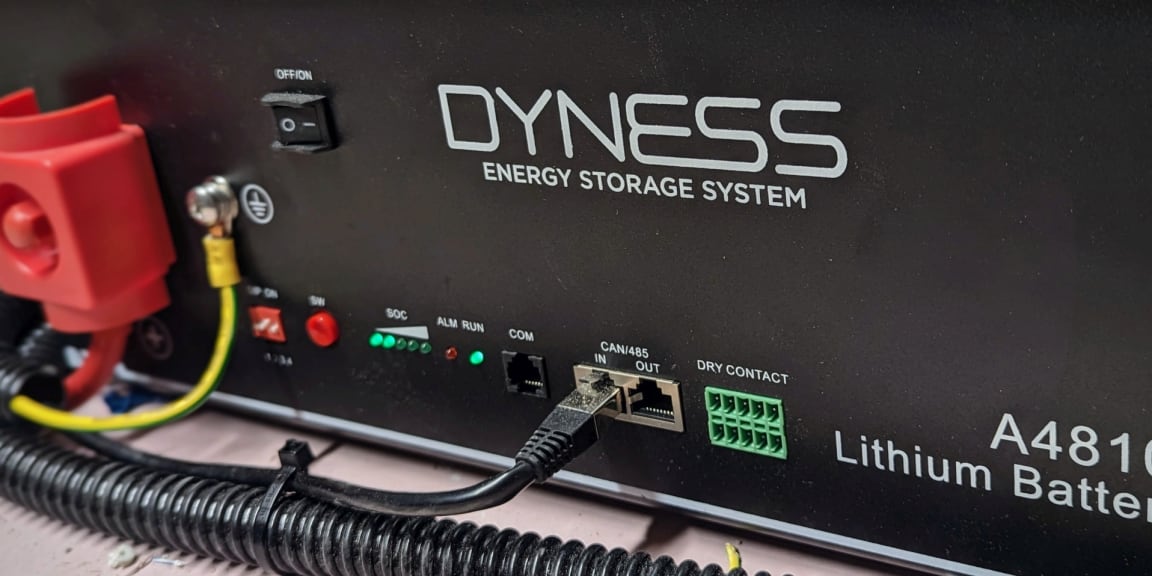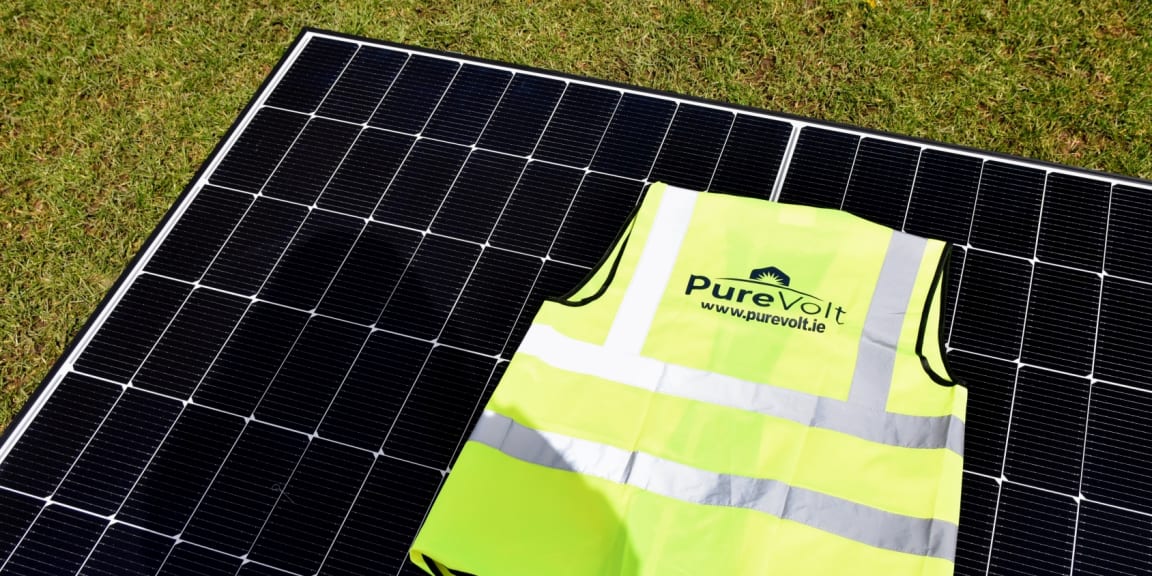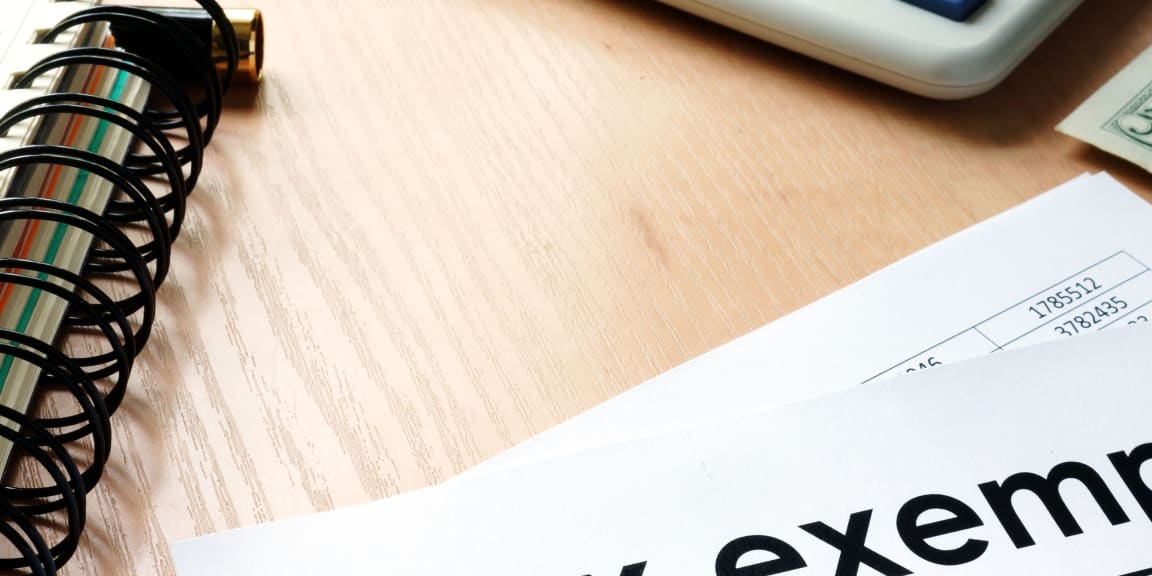
Energy-saving tips
Solar panels: how much they cost and how much you save
Regardless of how energy is supplied to your home, it's great to make the most of it. A few small changes, and new habits, can make a huge difference to your next bill. On this page, you'll find the most fundamental energy-saving tips and tricks that every homeowner needs to know, whether they're switching to solar or not.
Temperature
One that is close to every Irish household, especially during the colder months. There is no getting around the fact that keeping your home warm will see an increase in your energy bill. But, a few tweaks here and there can keep it under control.
Heating
Turn the thermostat for your living areas down to 20°C. The temperature in hallways and bedrooms should be cooler, ideally between 15-18°C. You can reduce your heating bill by 10% by lowering your room temperature by just one degree.
Radiators
Use the radiator valve to turn the temperature down, or off, in rooms that you don't use a lot.
Use radiator foil behind your radiators to improve the heat flow in your home.
Regularly bleed your radiators to prevent air from being trapped inside and causing cold spots that will decrease the efficiency of your radiator.
Hot water
Set your hot water thermostat to between 60-65°C, to make sure that you do not overheat your water.
Appliances
Most of the energy used by a dishwasher and washing machine is for water heating. Run them on a lower temperature setting to save on your energy costs. Wash clothes at 30°C, if they aren't particularly dirty
Fridge freezer
Keep your fridge's temperature between 2–3°C for the best performance. This keeps your food safe to eat and avoids freezing (and ruining) your fruit and veg. The freezer should be set to -15°C.
Smart heating controls
Many homeowners are investing in smarter heating controls. They control both time and temperature and are easily programmable to your daily and weekly routines, all from your smartphone. SEAI offer a grant of €700 to help you finance this upgrade.
Switch Off
The power of simply flicking a switch. Certain things around the house are designed to go into standby mode, and in turn, keep the meter running. Turning off appliances completely, while they are not in use, is the key here.
Heating
Turn the heating off when you leave the house or if you go away. Remember, your radiators will continue to heat your home for some time after the heating has been turned off.
Appliances
Switch off all your appliances at night and when you are not home. You should turn off your computer whenever you are not going to use it for more than an hour.
Switching off appliances from standby mode can reduce energy bills by up to 16% (Or, according to Electric Ireland, about €46 per year for the typical household). Common culprits include phone chargers, laptops, TVs, games consoles, TV set-top boxes, monitors, digital radios, etc.
Devices
Use a power strip, which means that at night or when you leave the house, you can easily unplug your devices at once.
Lighting
Turn off lights when you are leaving a room or when you do not need them.
Cooking
When your food is nearly cooked, turn off the rings/oven and use the built-up heat to finish cooking your food.
Light
Making the most of natural light, while using artificial light as sparingly as possible, is a sure-fire energy saver. Release your inner Feng shui master, try rearranging your furniture to get optimum sunlight.
Windows
Maximise the use of daylight. Hold off switching on lights in the evening until absolutely necessary.
Layout
Position your furniture, so it makes the most of natural light.
Light bulbs
Replace failed light bulbs with energy-efficient options, in particular LED lights. Select the lowest wattage bulb needed to light the room/area. Consider the size of the space and how much natural light the space gets.
Turn off the lights
Remember to turn off the lights when you are leaving a room or where you do not need them.
Use sensors
Outdoor lights can be fitted with sensors and timers to reduce operating times.
Appliances
While there are certain household appliances that are essential for the smooth running of a home, they don't have to break the bank.
Washing machine and dishwasher
Most of the energy used by a dishwasher and washing machine is for water heating. By running these appliances at a lower temperature setting, you will save on your energy costs. Make sure they're filled up before switching them on to avoid wasting water and energy.
Try to use the washing machine and dishwasher at times when there is lower energy demand, and avoid turning it on between 7-9 in the morning and 5-7 at night. This may not save you money, but will help avoid excessive CO2 emissions from power stations.
Tumble dryer
Tumble dryers are big energy guzzlers, so dry clothes on a clothes horse or washing line on warm and dry days. When you do use a dryer, try to put heaving and light clothes into separate loads.
Fridge / Freezer
Don't leave the fridge door open for too long while getting food. For every 10–20 seconds the door is open, it takes 45 minutes for the fridge to cool down to its original temperature.
Don't put warm or hot food straight into the fridge or freezer. The fridge or freezer has to work extra hard and draw more energy to cool it down. Thawing food in the fridge is better for keeping your food safe to eat and keeping the fridge cool.
Defrost the inside of your freezer at least every 6 months to help it run efficiently.
Regularly cleaning the coils at the back of your fridge and keeping 10cm away from the wall can result in an energy reduction of up to 30%.
Boilers
Having your boiler serviced once a year will make it more reliable, safer and run more efficiently. When you are having your boiler serviced, ask your plumber to explain the settings and how to use them correctly.
Draughts
The dreaded draughts! Find, plug and keep the heating where it should be.
Listen to your mother
Close doors between rooms that are heated and unheated to keep the heat in.
Plug draughts
Check windows, keyholes and doors for draughts of cold air and plug them. Unused fireplace? A chimney balloon will keep the draughts out and the heat in.
Curtains
Close curtains to keep heat in, but open them in the morning to let the heat of the sun in.
Hot Water
Keep energy bills down, without having to resort to cold showers and ice baths.
Showers
A shower typically uses 20% of the energy compared to a full bath, so keep the bath as a treat.
Dial down the pressure if you have a power shower, so you're not heating more water than needed.
Take a 'navy shower' to save €90 per year
Taking a navy shower means limiting yourself to just three minutes of hot water.
It may seem extreme, but Ocean Finance state that reducing your shower time from 10 minutes to three can save you up to €90 a year, so it could well be worth a try.
Taps
Don't leave the hot tap running - you are pouring energy and money down the drain.
A lagging jacket and insulation added to pipes will keep your water hotter for longer and reduce the amount of time the boiler is on.
Cooking
Oven
Keep your oven door shut and use the space well. Batch cooking saves you time and energy, especially if you have a busy lifestyle.
Hob
Don't let the heat escape by covering your pots and pans with a lid. The lid keeps the heat in and reduces condensation in the kitchen. Use the right-sized hob for your pan - the closer the match, the less energy you use.
Kettle
Don't boil full kettles for one cup of tea, but do make sure you have enough water to cover the element.
Energy savers
Where possible, use a microwave for cooking and use the toaster rather than the grill.
Energy Monitors
Electricity monitors
A way to keep track of energy usage in real-time, and see how your new changes have taken effect.
These devices tell you how much energy you are using in real-time. If you switch on the shower or the kettle, you can see the numbers jump. Monitors are great for getting a handle on where you use the most energy. You can make decisions on your energy use based on real data.
Switch your gas & electricity supplier
Make the switch
People often stick with their suppliers, because changing is too much hassle. It's easier, and more rewarding, than most people think.
Regularly switching providers can result in a €300 saving on electricity and up to €409 in gas.
Energy-Saving Labels
A quick check of a product's energy rating, at the time of purchase, can ensure maximum return on investment during its life cycle.
Check Energy Rating
Purchasing products that have a higher energy rating, such as an A rating, will reduce the cost of running that appliance.
